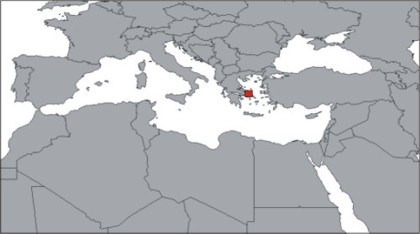
Location map
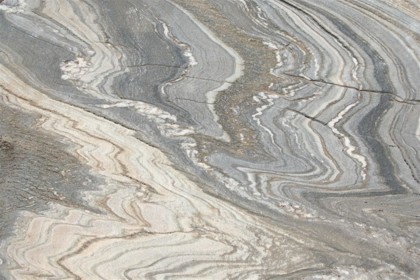
Outcrop of Cipollino Verde displaying the folded structure
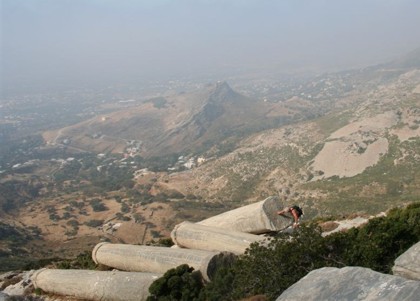
Giant columns still laying in the ancient quarries. View towards Karystos in the background.
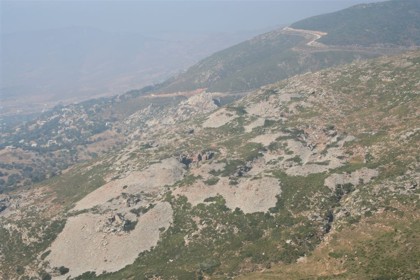
Truly a quarry landscape in the hills above Karystos
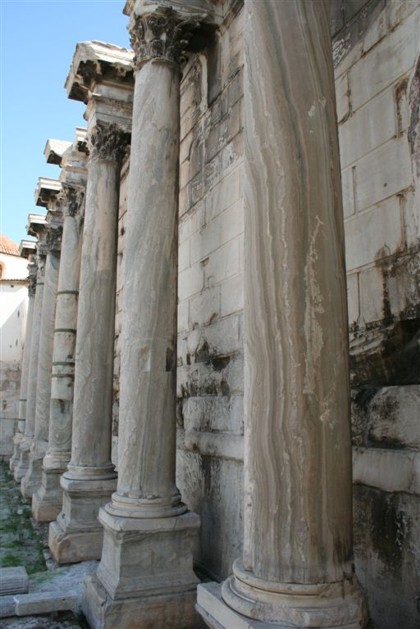
 |
Location map
|
 |
Outcrop of Cipollino Verde displaying the folded structure |
 |
Giant columns still laying in the ancient quarries. View towards Karystos in the background.
|

|
Truly a quarry landscape in the hills above Karystos
|
 |
Columns of Cipollino Verde, Hardian's Libray, Athens |